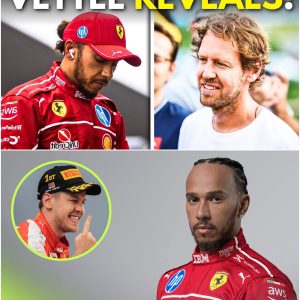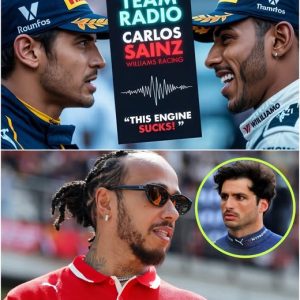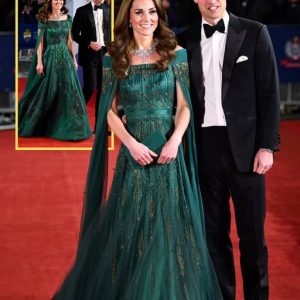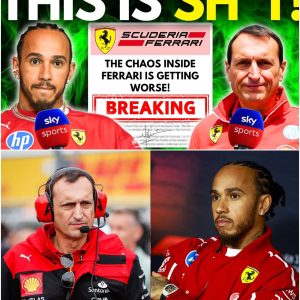Few stories in modern Formula 1 have captured attention like Lewis Hamilton’s shock move to Ferrari. After more than a decade of dominance at Mercedes, where he became a seven-time world champion, Hamilton’s transition to the scarlet red of Maranello was always going to be dramatic. But few could have predicted the turbulence of his first season and the ripples it has sent through the Scuderia.
Now, all eyes are on Project 678 — Ferrari’s ambitious 2026 car program designed around the incoming regulation overhaul.
For Hamilton, the project represents both a lifeline and a potential final chapter. At 40, the Briton is determined not to end his career as another Ferrari legend who failed to lift the world championship in red, a fate that befell Fernando Alonso and Sebastian Vettel.
Yet the intensity of his demands has raised a fundamental question: can Hamilton’s push for sweeping changes steer Ferrari to glory, or will it plunge the team deeper into disarray?

Hamilton’s Demands: More Than Just a Faster Car
Hamilton has never been shy about exerting influence, but his approach at Ferrari has been unusually direct. According to insiders, he has flooded Maranello with detailed documents outlining changes not only to the car’s design, but also to Ferrari’s team culture, communication methods, and race execution strategies.
The motivation is clear. Ferrari’s history is littered with examples of world champions who joined with high hopes only to leave empty-handed. Alonso, despite coming agonizingly close in 2010 and 2012, never broke Ferrari’s drought. Vettel, a four-time champion, struggled with internal divisions and unforced errors. Hamilton wants to avoid becoming the third act in that tragic trilogy.
Speaking candidly earlier this year, he stressed:
“The team has every ingredient they need to win world championships. It’s just about getting things aligned and running smoothly, freely, and stress-free. That’s what we’re all trying to do.”
For Hamilton, alignment means transforming Ferrari into a modern powerhouse — agile, united, and efficient. But Ferrari, steeped in tradition and national pride, has always been resistant to radical outside influence. That clash of cultures may prove decisive in Project 678’s outcome.
Early Struggles: Brakes, Balance, and Setups
Hamilton’s debut season has been far from smooth. After 14 races, he is still hunting for his first podium with the Scuderia. While he claimed a sprint pole and an emotional win in China, the lows have been stark, including a dismal performance in Hungary where he branded himself “absolutely useless.”
Much of his difficulty stems from Ferrari’s braking system. Coming from Mercedes, Hamilton was used to a very different feel. Even after testing new Brembo discs and pads at Spa, he spun during sprint qualifying, evidence of lingering discomfort. Ferrari’s aggressive engine braking remains another stumbling block, one Hamilton has insisted must be addressed in the 2026 power unit.
Handling has been no kinder. Ferrari’s pull-rod front suspension, introduced for 2025, has sharpened corner entry but created nagging understeer in technical sections. Both Hamilton and Charles Leclerc raised alarms at Silverstone and Jeddah, prompting Ferrari to tweak the power steering system.
To adapt, Hamilton has experimented with higher front-end load setups — sacrificing stability for sharper turn-in. This has led him to diverge significantly from Leclerc’s more balanced baseline, a development that has surprised many within the team. Ferrari initially assumed their driving styles would mesh well; instead, they appear to be pulling the car in different directions.
This growing divergence matters because Project 678 is already deep into development. A unified driver front would provide clear feedback; instead, Ferrari faces conflicting inputs at a crucial stage.
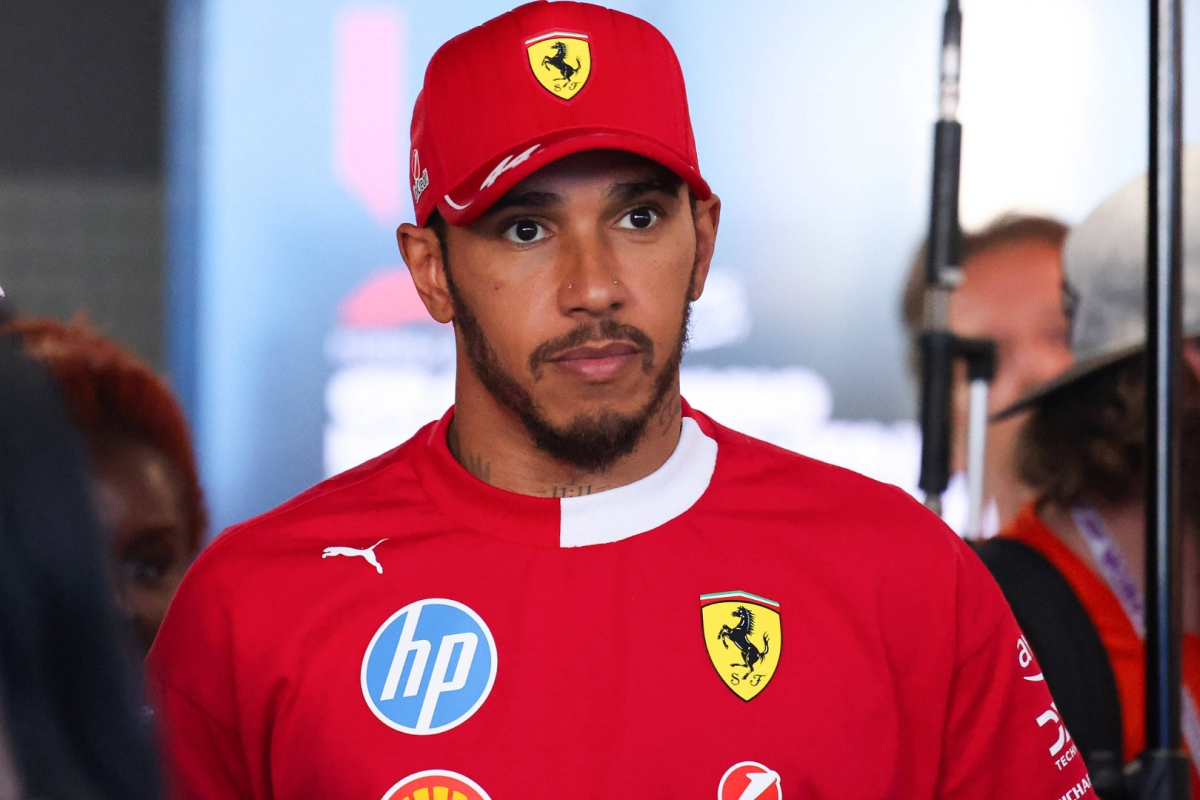
The Weight of Expectation
Ferrari’s ambitions for 2026 are enormous. The regulation reset offers a chance to wipe the slate clean and leapfrog rivals. But history warns that opportunity can quickly turn into calamity if mismanaged.
Hamilton’s critics, including former F1 supremo Bernie Ecclestone, question whether Ferrari has made the right bet.
“I’m not sure that taking Lewis was the right decision,” Ecclestone commented. “He is obviously talented, but a little bit political — typical of him, and typical for Ferrari. But he could come to life again, which would be good for him and good for Ferrari.”
For Hamilton, politics is simply part of the game. Throughout his career, he has shaped teams around him, demanding accountability and direction. It worked spectacularly at Mercedes, where he became the face of a dynasty. At Ferrari, though, the balance of power is less forgiving.
Leclerc’s Crossroads
While Hamilton commands headlines, Charles Leclerc faces his own career inflection point. The Monégasque has long been Ferrari’s golden child, but years of frustration without a title are wearing thin. His loyalty to Ferrari has remained intact, yet his recent comments reveal doubts about whether the team can deliver on its promises.
German pundit Christian Danner recently suggested that Leclerc must be asking himself:
“My God, what am I even doing here? It’s going to be nothing again.”
Leclerc knows alternatives are limited. Mercedes has George Russell, McLaren is thriving with Lando Norris and Oscar Piastri, and Red Bull remains Verstappen’s fortress. For now, Leclerc’s best hope is to stick with Ferrari and hope Project 678 unlocks his long-awaited championship challenge.
But the dynamics are complicated. If Hamilton dominates Ferrari’s direction, will Leclerc feel sidelined? Or will the pair’s different feedback provide Ferrari with a broader dataset to refine the car? How Ferrari manages this relationship may prove as decisive as the engineering itself.
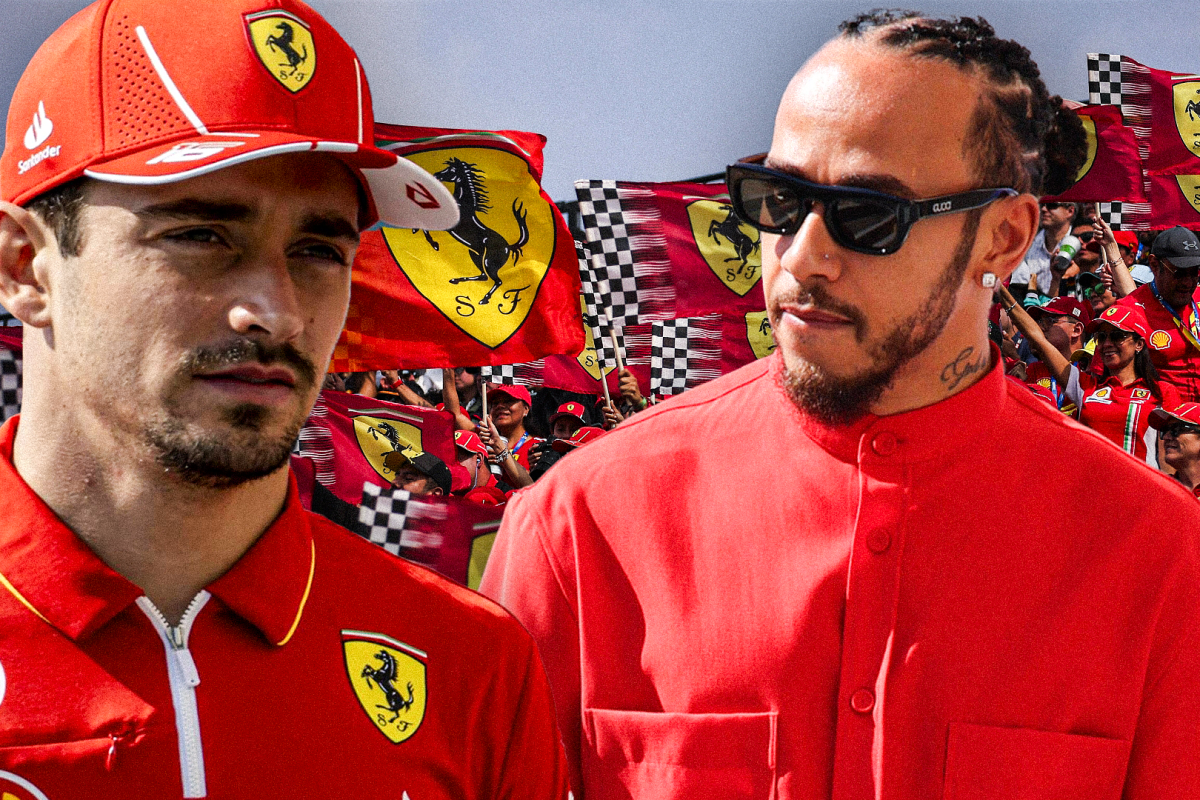
Culture Shock in Maranello
Hamilton has admitted the integration process has been “intense.” Ferrari’s culture is notoriously insular, and adjusting to new methods is rarely seamless.
“This season has definitely been the most intense one from a work perspective,” Hamilton reflected. “Integrating into a new culture, a new team — it’s not gone smoothly in all areas. It’s been a real battle.”
The strain is visible. Hamilton has called the upcoming summer break essential for recharging, admitting he needs time with family to reset. Yet beneath the fatigue lies unshakable optimism. He professes to “love being in red” and insists he has deep belief in Ferrari’s potential.
That passion resonates with fans, who see in Hamilton both a symbol of Ferrari’s ambition and a lightning rod for its frustrations.
The Bigger Picture: Opportunity in Disguise?
Ferrari’s inconsistency this season may have a silver lining. Some argue that finishing third in the Constructors’ Championship — behind McLaren and Red Bull — could grant Ferrari extra wind tunnel hours under F1’s sliding scale of aerodynamic testing. Those hours could prove invaluable as Project 678 takes shape.
Still, Ferrari drivers insist their only goal is to finish as high as possible. As Leclerc put it:
“We just want to finish as high up as possible. Then we’ll deal with whatever amount of hours in the wind tunnel we have. The biggest target is to come back to winning races as soon as possible.”
A Gamble Worth Taking?
Hamilton’s Ferrari gamble may ultimately be judged by a single outcome: whether Project 678 delivers a competitive package under the 2026 regulations. If it does, his gamble could cement his legacy as a driver capable of reviving F1’s most storied team in the twilight of his career.
If not, he risks becoming another chapter in Ferrari’s long list of near misses — a champion who dared but fell short in red.
At stake is more than just Hamilton’s legacy. Ferrari itself stands at a crossroads. Project 678 is not just a car, but a test of whether the Scuderia can modernize its culture, unify its stars, and rise again to the top.
For now, Hamilton fights tooth and nail, Leclerc wrestles with doubt, and Maranello buzzes with both hope and tension. The outcome remains uncertain, but one thing is clear: Project 678 will define Ferrari’s next era — and perhaps Lewis Hamilton’s last.
